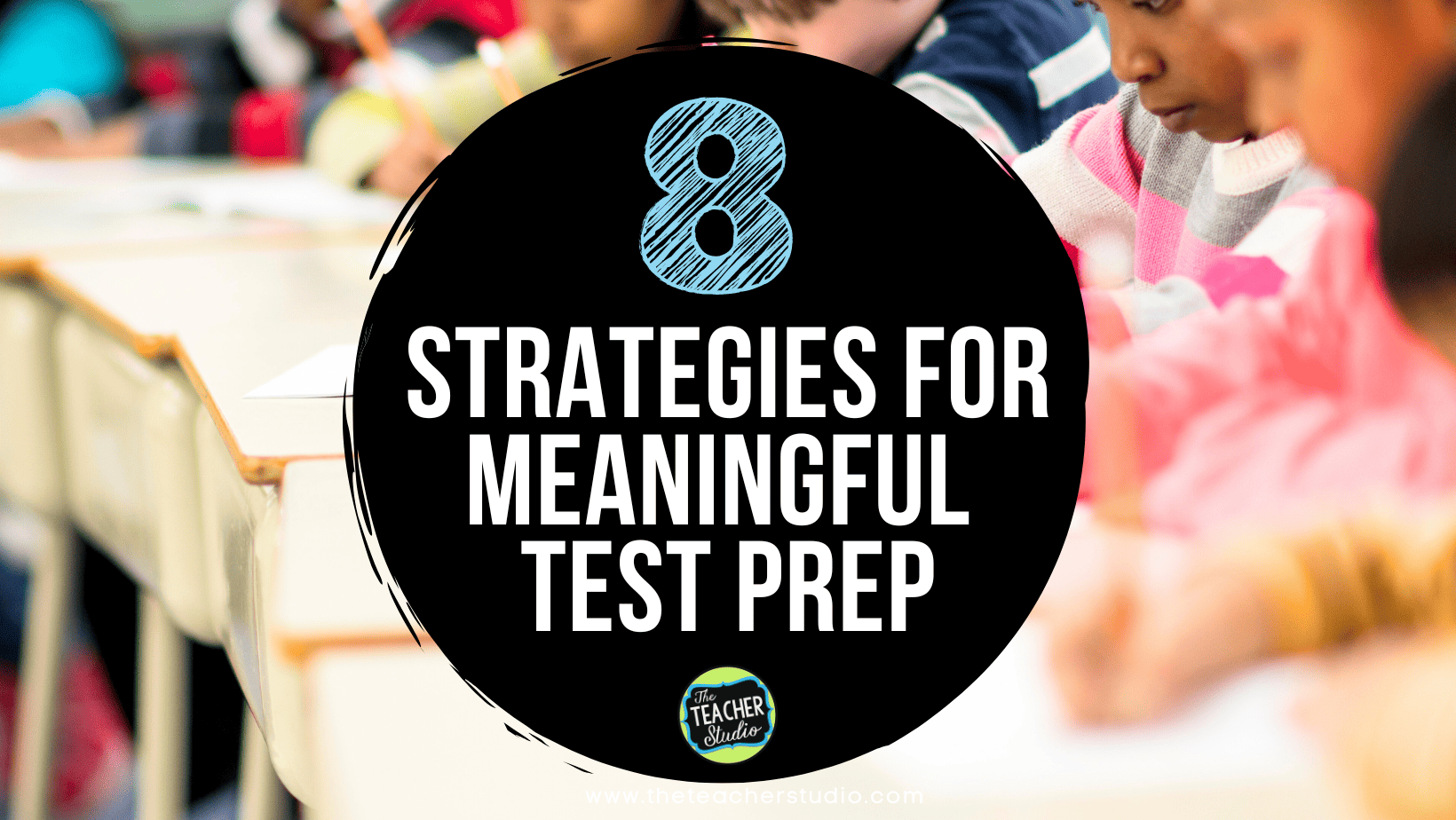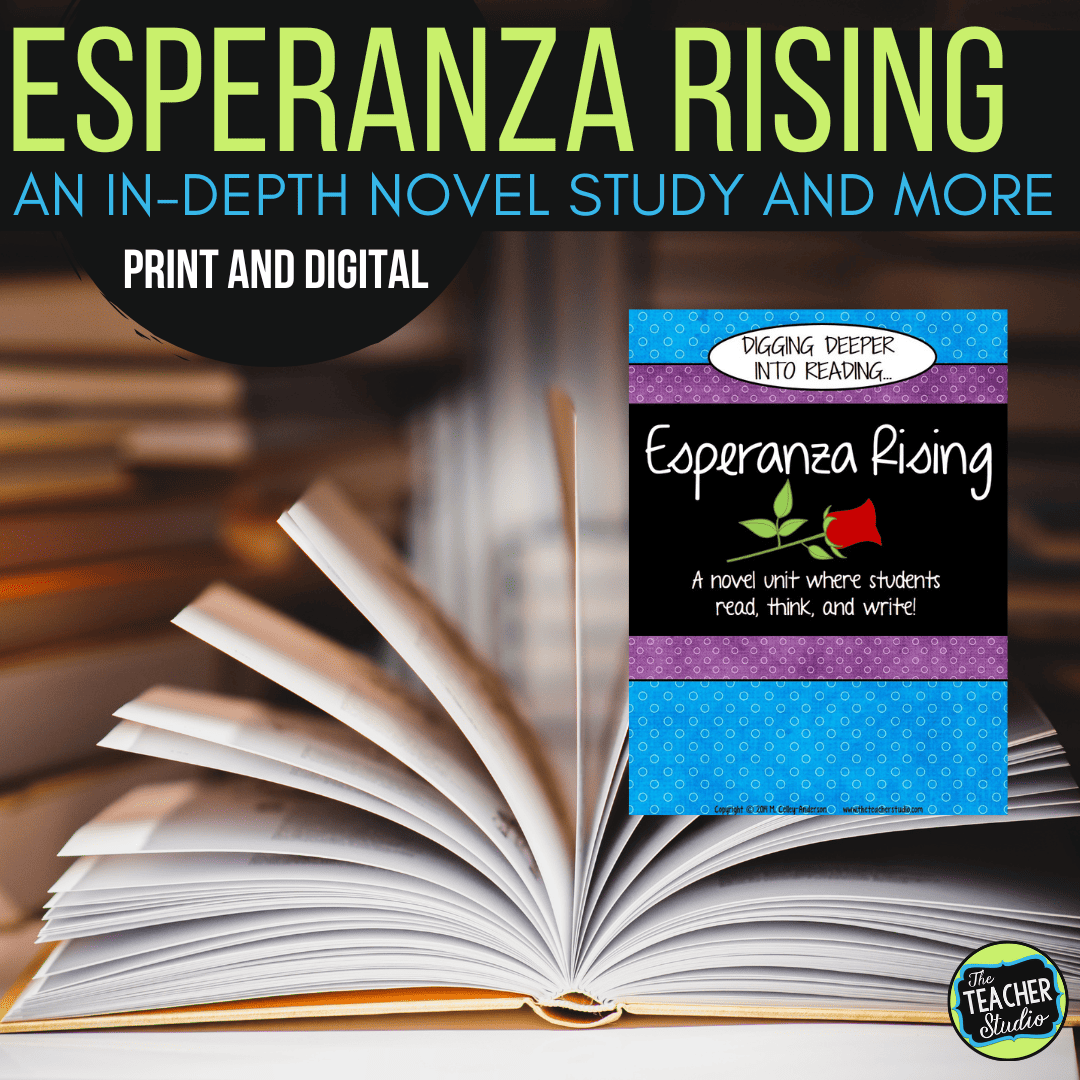A different approach to word problems
This is not a new concept for people who are interested in constructivist thinking, but today’s “opening day” of multiplication lessons had me wondering what would happen when give a series of multiplication problems to solve…my fourth graders had some exposure to multiplication concepts and algorithms last year, so I was unsure of how willing my students would be to experiment.
Here’s what we did. First, I explained that our goals for the day were to persevere and solve problems, to come up with ways to solve them that were comfortable and made sense to us, to work accurately, and to be able to organize our work to explain our thinking. Common Core Standards for Mathematical Practice all the way, right?
Teacher Modeling in a Gradual Release Model
So…I modeled with a problem that was NOT multiplication…we glued it into our math journals, tried different ways to solve it, discussed in pairs ways to organize our work, then shared out several solutions. I then asked students to solve four problems in their math notebooks (they were all multiplication–but the students didn’t necessarily know that)…they simply came up front to grab them off the piles as they needed them (some students were done quickly, others never finished all four…the beauty of self-pacing!)
Problems…made 8 to a page, copied, cut, and “piled” for easy access.
As they worked, I wandered…asking questions, noticing things, commenting on organization and other math practices that I saw happening.
As students finished all four (or 2 or 3 for some), I asked them to select ONE of their solutions that they wanted to reorganize on a “learning poster” and to share in a small group. I had reprinted extra copies of the problems a little larger to glue at the top of their learning posters, and they got to work: problem at the top, work in the middle, written explanation of strategies on the bottom.
This student was VERY proud that he used his ruler to keep his work more organized. He later shared under the document camera how he did it.
I walked around and asked 4 students to be ready to share when the time came. But as students finished their learning posters, I started putting them into quartets (yes, we call them that–math lingo all day, folks!) where they could share their work, their solutions, their thinking. As more and more students finished, I formed more and more discussion groups and I simply eavesdropped.
This group of “fast finishers” needed a little coaching to actually DISCUSS what they did–not just read off their papers!
One of my more struggling students was super proud of how she had solved this one…
When all the groups were finished and I had found a few good “teaching points”, I had those students share their learning posters under the document camera. (You really MUST get one of these…did you know you can get them for about 70 bucks? Seriously. Get one.)







